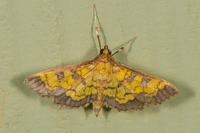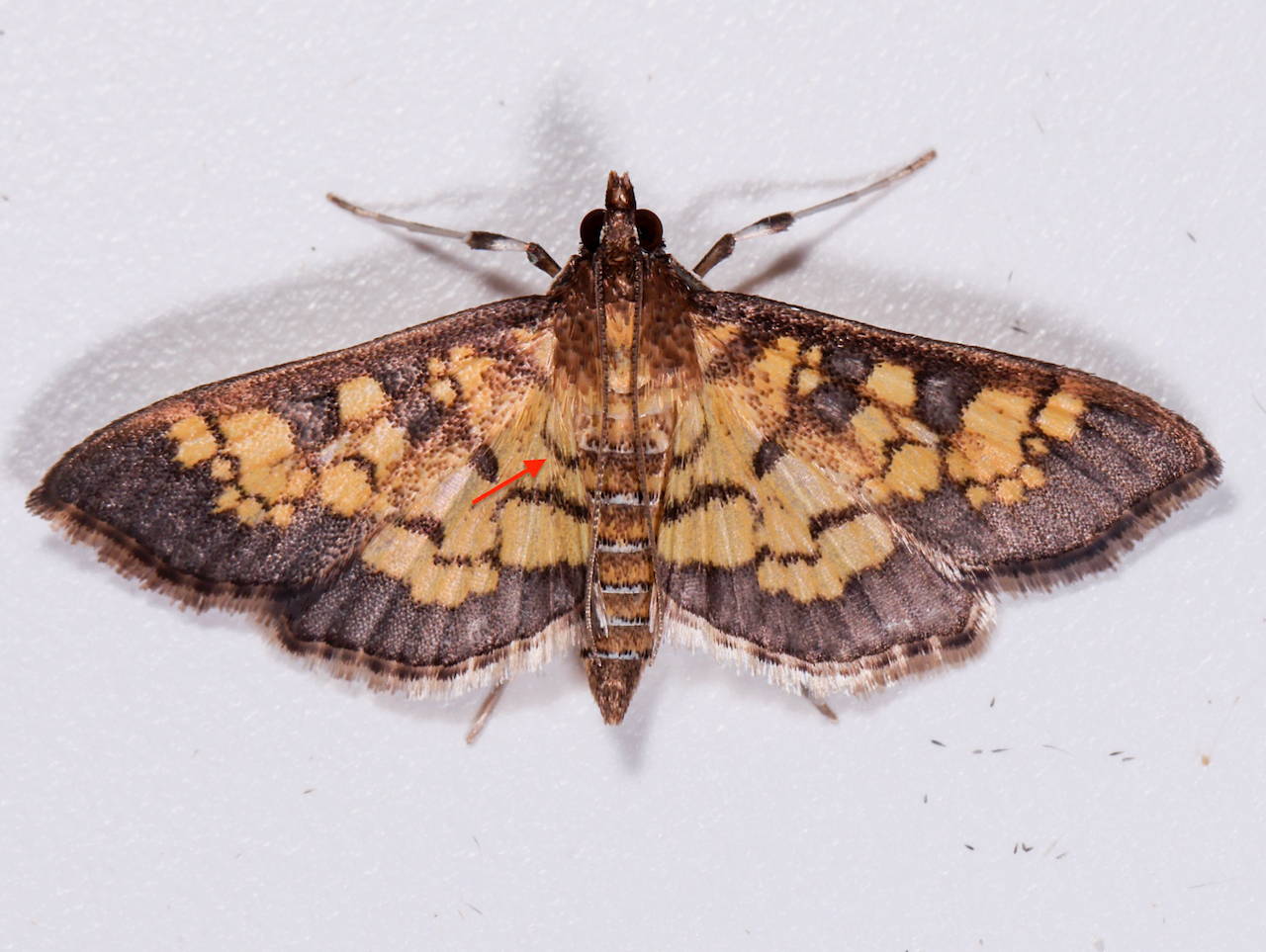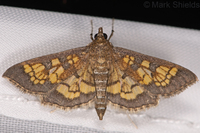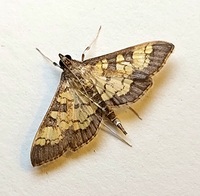
| Recorded by: Mark Basinger on 2025-10-02
Richmond Co.
Comment: | 
| Recorded by: Mark Basinger on 2025-09-27
Brunswick Co.
Comment: |
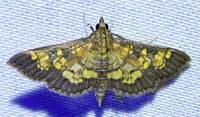
| Recorded by: Dean Furbish and Joy Wiggins on 2025-09-19
Wake Co.
Comment: | 
| Recorded by: Mark Basinger on 2025-09-18
Wilson Co.
Comment: |
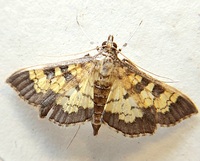
| Recorded by: Mark Basinger on 2025-09-03
Wilson Co.
Comment: | 
| Recorded by: Marilyn Westphal on 2025-08-25
Henderson Co.
Comment: |
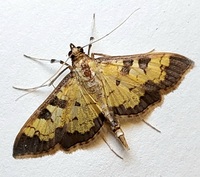
| Recorded by: Mark Basinger on 2025-07-28
Wilson Co.
Comment: | 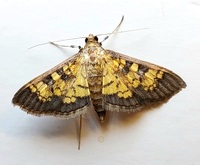
| Recorded by: Mark Basinger on 2025-07-26
Wilson Co.
Comment: |
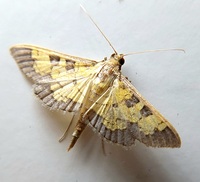
| Recorded by: Mark Basinger on 2025-07-21
Brunswick Co.
Comment: | 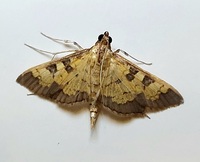
| Recorded by: Mark Basinger on 2025-07-10
Brunswick Co.
Comment: |

| Recorded by: Mark Basinger on 2025-07-04
Wilson Co.
Comment: | 
| Recorded by: David George, Patrick Coin on 2025-06-29
Moore Co.
Comment: |

| Recorded by: Mark Basinger on 2025-06-21
Wilson Co.
Comment: | 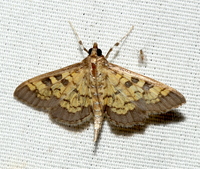
| Recorded by: David George, Jeff Niznik on 2025-05-24
Richmond Co.
Comment: |
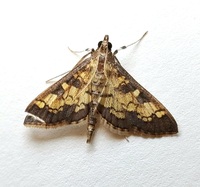
| Recorded by: Mark Basinger on 2025-05-19
Wilson Co.
Comment: | 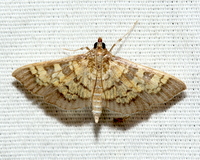
| Recorded by: David George on 2025-05-17
Durham Co.
Comment: |

| Recorded by: Mark Basinger on 2025-05-11
Wilson Co.
Comment: | 
| Recorded by: David George, Jeff Niznik, Brian Bockhahn on 2025-05-09
Cumberland Co.
Comment: |

| Recorded by: Mark Basinger on 2025-04-15
Wilson Co.
Comment: | 
| Recorded by: Jim Petranka on 2025-04-02
Madison Co.
Comment: |
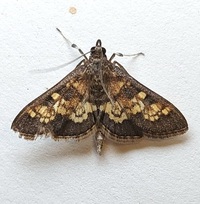
| Recorded by: Mark Basinger on 2025-03-30
Wilson Co.
Comment: | 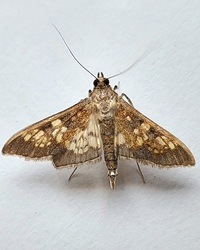
| Recorded by: Mark Basinger on 2025-03-29
Brunswick Co.
Comment: |
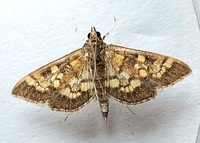
| Recorded by: Mark Basinger on 2025-03-14
Brunswick Co.
Comment: | 
| Recorded by: Mark Basinger on 2024-09-28
Wilson Co.
Comment: |
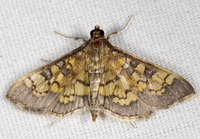
| Recorded by: John Petranka on 2024-09-14
Orange Co.
Comment: | 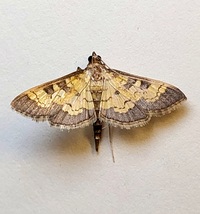
| Recorded by: Mark Basinger on 2024-09-05
Wilson Co.
Comment: |
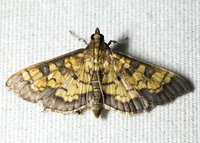
| Recorded by: John Petranka on 2024-08-31
Orange Co.
Comment: | 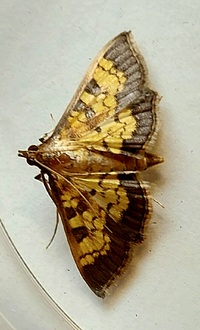
| Recorded by: Mark Basinger on 2024-08-25
Wilson Co.
Comment: |
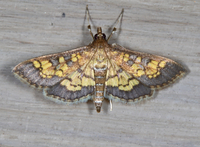
| Recorded by: Jim Petranka on 2024-08-23
Madison Co.
Comment: | 
| Recorded by: John Petranka on 2024-08-22
Orange Co.
Comment: |
|

 »
»
